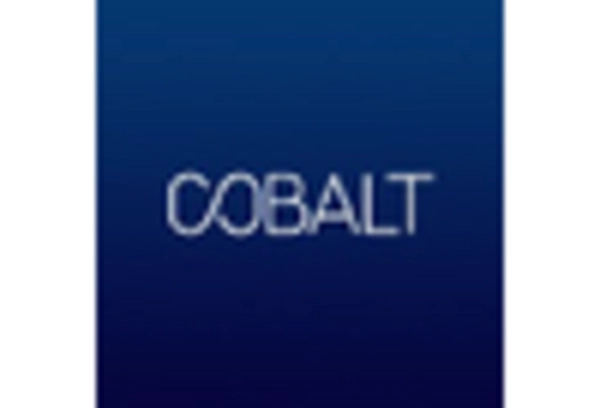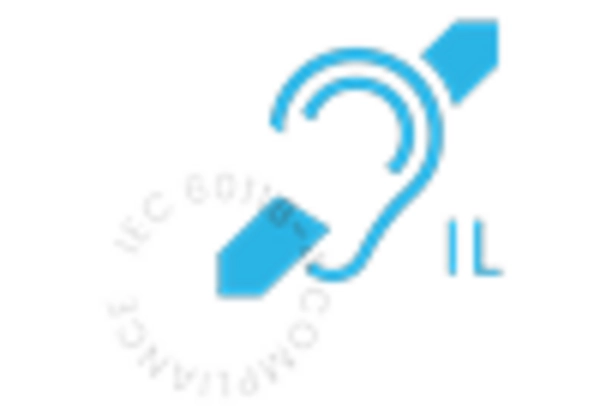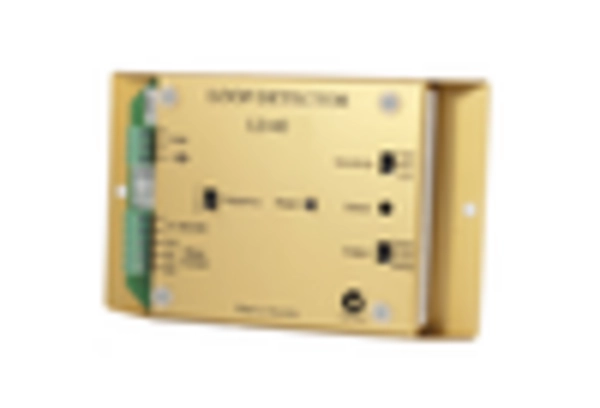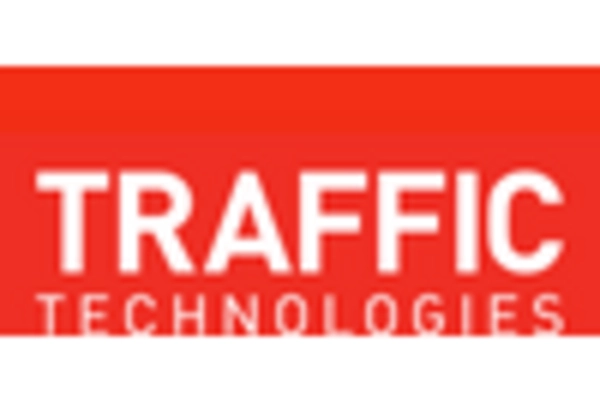Rising Awareness of Road Safety
The growing emphasis on road safety is a significant driver for the Inductive Loop Vehicle Detector Market. As traffic accidents continue to pose serious risks, there is an increasing focus on implementing technologies that enhance safety measures. Inductive loop detectors play a vital role in monitoring traffic patterns and providing data that can inform safety improvements. With governments and organizations prioritizing road safety initiatives, the demand for reliable vehicle detection systems is likely to increase. This heightened awareness could lead to a more substantial market presence for inductive loop technologies, as stakeholders seek to mitigate risks on the roads.
Government Initiatives and Funding
Government initiatives aimed at improving transportation infrastructure are significantly influencing the Inductive Loop Vehicle Detector Market. Various countries are investing in smart transportation systems to enhance traffic flow and reduce congestion. For instance, funding programs for urban development often include provisions for advanced vehicle detection technologies. This financial support is expected to bolster the adoption of inductive loop detectors, as municipalities seek efficient solutions to manage increasing vehicle volumes. The market could see a notable increase in demand as these initiatives unfold, suggesting a favorable environment for industry growth.
Growing Urbanization and Traffic Congestion
The rapid pace of urbanization is a critical driver for the Inductive Loop Vehicle Detector Market. As urban populations swell, cities face escalating traffic congestion, necessitating effective traffic management solutions. Inductive loop detectors provide essential data for optimizing traffic signals and improving overall flow. According to recent studies, urban areas are projected to account for over 70% of the global population by 2050, intensifying the need for efficient vehicle detection systems. This trend indicates a sustained demand for inductive loop technology, as cities strive to enhance mobility and reduce delays.
Technological Advancements in Detection Systems
The Inductive Loop Vehicle Detector Market is experiencing a surge in technological advancements that enhance detection accuracy and reliability. Innovations such as improved signal processing algorithms and integration with artificial intelligence are transforming traditional systems. These advancements allow for better vehicle classification and real-time data analysis, which are crucial for traffic management. The market is projected to grow at a compound annual growth rate of approximately 6.5% over the next five years, driven by these technological improvements. As cities increasingly adopt smart traffic solutions, the demand for sophisticated inductive loop systems is likely to rise, indicating a robust future for the industry.
Integration with Advanced Traffic Management Systems
The integration of inductive loop vehicle detectors with advanced traffic management systems is reshaping the Inductive Loop Vehicle Detector Market. These systems utilize real-time data from detectors to optimize traffic signals and improve overall traffic efficiency. The synergy between inductive loops and intelligent transportation systems enhances the ability to respond to changing traffic conditions dynamically. As cities increasingly adopt these integrated solutions, the demand for inductive loop detectors is expected to rise. This trend suggests a promising outlook for the industry, as municipalities seek to leverage technology for better traffic management.


















Leave a Comment